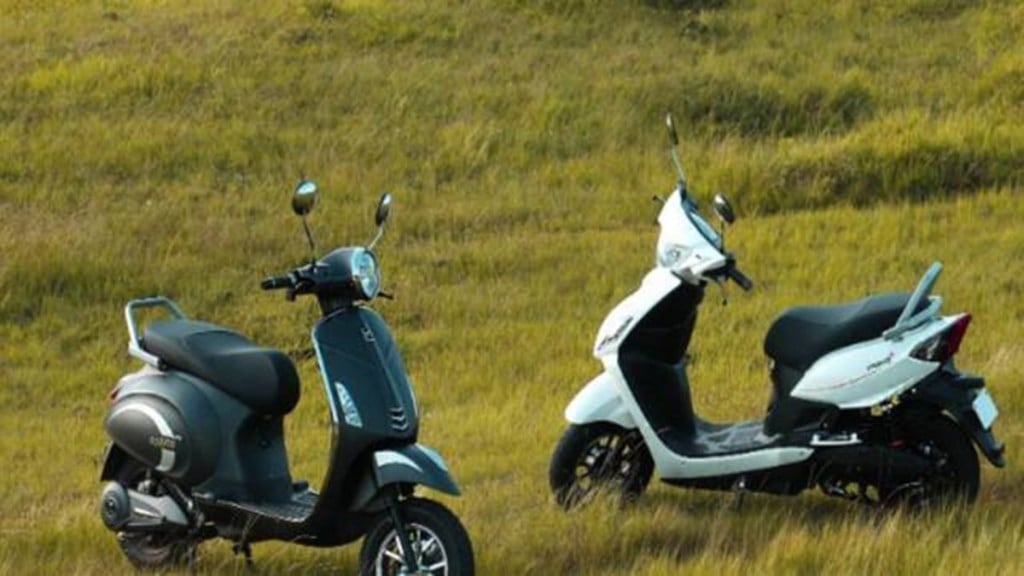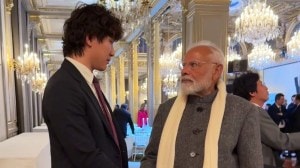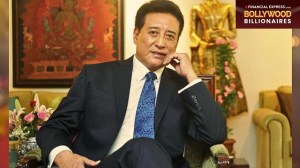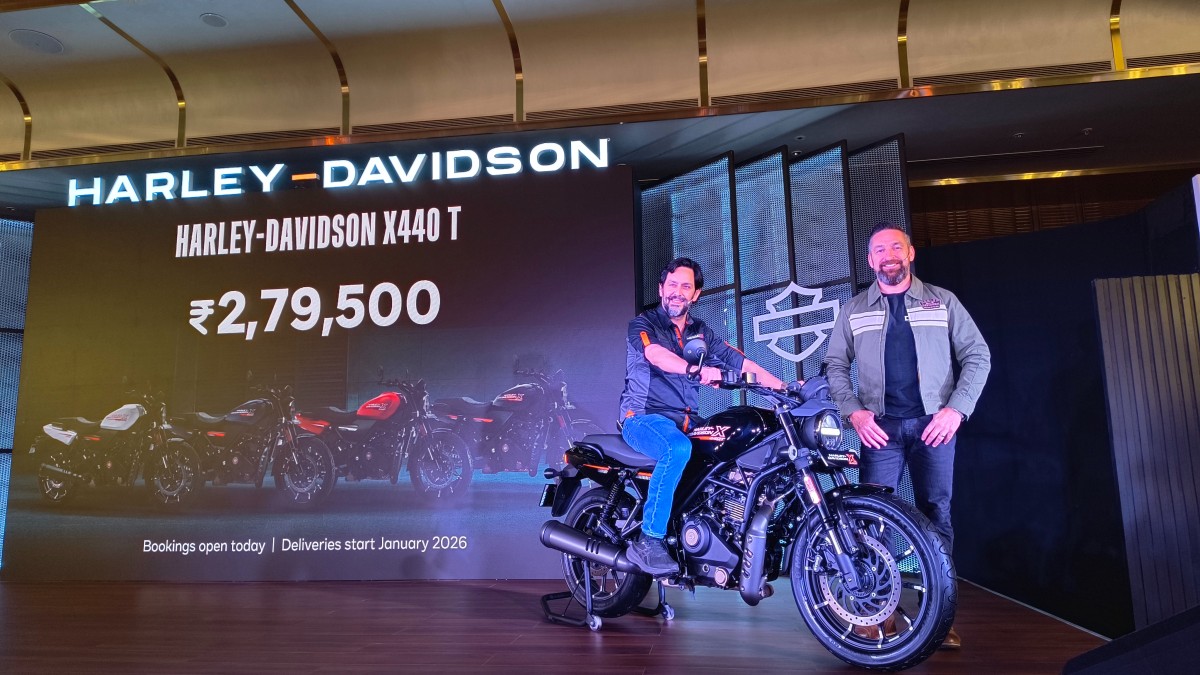The crowded electric two-wheeler space may see consolidation as a large number of startups are expected to be struggling against big players in the wake of stricter government regulations and cautious investors after a reduction in incentives under the Fame-2 scheme.
Currently, the market is dominated by just 10 players, who sold about 90% of 728,000 units in FY23. According to research firm Tracxn, there were nearly 900 EV startups operational in the country as of March 2023. These included those who produce and supplied exclusive EV auto parts like batteries and motors.
Effective June 1, the government reduced the incentives on electric two-wheelers registered under the Faster Adoption and Manufacturing of Electric and Hybrid Vehicles (FAME-2) scheme. This led to an increase of 10-25% in prices and a subsequent crash in sales while cautioning the investor community.
“The announcement about the withdrawal of the FAME subsidy from March 2024 will certainly make potential new investors more circumspect, especially when one reads this announcement in conjunction with the ongoing dispute between the government and more than a dozen prominent EV makers which has led to withholding of their subsidy amounts,” said Sudipta Bhattacharjee, partner, Khaitan & Co.
It’s not that there hasn’t been growth in the segment. As per data shared by the Society of Manufacturers of Electric Vehicles (SMEV), the electric two-wheeler segment grew by 191% to 728,000 units in FY23 as against 250,000 units sold in FY22. In FY21, the sale volume was little under 45,000 units.
Most of these startups were set up after the government made public its intention of completely shifting to electric mobility in the long run. This presented a huge opportunity of converting a market that sees annual sales of more than 20 million two-wheelers.
But market watchers say stricter government regulations, a more concentrated focus by investors and the natural upward progression of the market will lead to dramatic consolidation moves over the next two years in the space given that the segment is currently “highly unorganised and hyper fragmented”.
“Almost 60% of a vehicle’s cost is defined by just seven components which are battery motor controller, powertrain, IoT for data and others. A lot of investor money will eventually come in. Slowly but surely, there will be consolidation in every part of the value chain,” said a CEO and executive director of one of India’s top five electric two-wheeler companies.
Besides the recognised startups players such as Ola Electric, Ather Energy and Bounce Infinity, who are engaged in making high-speed electric two-wheelers, there are several other smaller entities that churn low-speed vehicles (maximum speed 25kmph) that do not even need registration.
“Agra alone has 40-50 electric two-wheeler brands, which nobody in the rest of the country has heard of. Arun, Vijay and Lucky are the names of these low-speed scooters, which are assembled in some by-lanes of Agra. Consider it like a toy on wheels rather than a safe vehicle, entirely built from components imported from China,” said another senior executive of the EV startup.
But with cases of EV batteries catching fire and instances of breakage of the vehicle chassis and suspension on the rise due to poor engineering, the government is stepping up regulations on the sector. This has already led to challenges not just for small regional players but for companies that have a national presence as well.
Several of these medium-sized EV companies are finding it difficult to keep their plants operational due to a slowdown in the market and the withdrawal of subsidies even as banks stopped lending working capital to them several months ago.
Munish Aggarwal, managing director and head of Equity Capital Markets at Equirus, said, “A large number of players will struggle to scale up and depending on technology/product differentiation will either get absorbed by larger players or will have to pivot into other parts of the ecosystem.”








